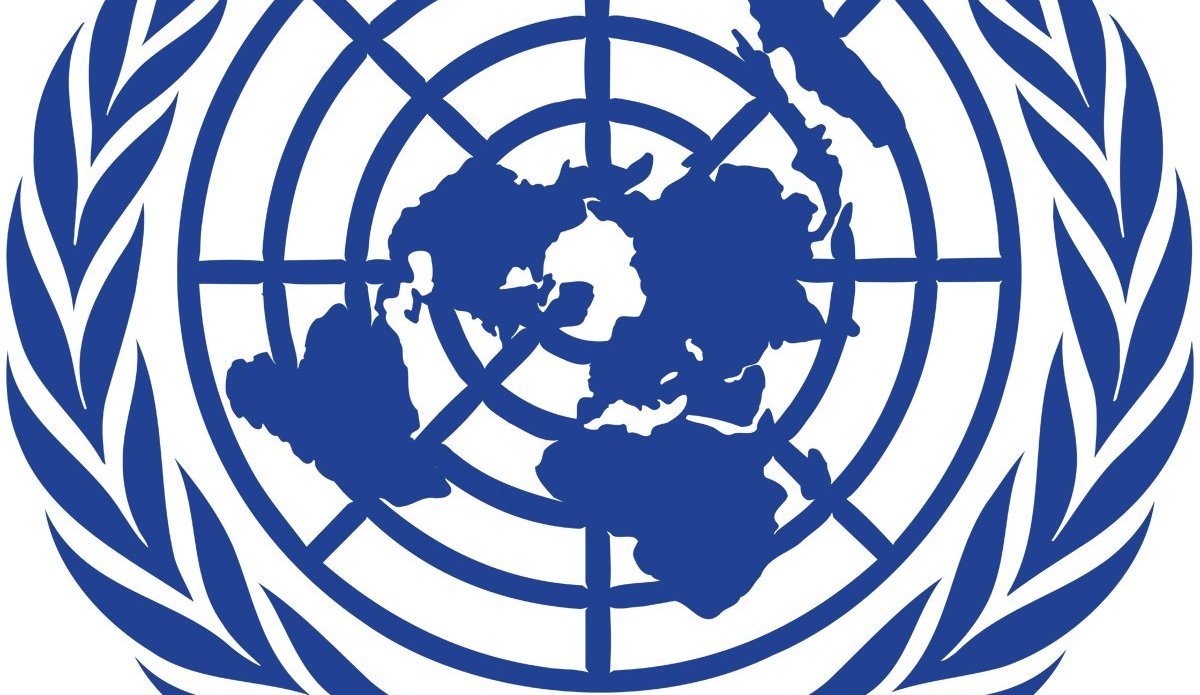Afghan civilians continue to be killed in record high numbers – UN report
KABUL - The figures released today by the United Nations Assistance Mission in Afghanistan (UNAMA) show continuing high casualty rates being inflicted on the Afghan civilian population, especially by anti-government elements.
Covering the period 1 January to 30 September 2018, the new UN report documents 8,050 civilian casualties (2,798 dead and 5,252 injured), reflecting the same extreme levels of harm to civilians in comparison to the same period in 2017.
“As there can be no military solution to the fighting in Afghanistan, the United Nations renews its call for an immediate and peaceful settlement to the conflict to end the suffering of the Afghan people,” said Tadamichi Yamamoto, the Secretary-General’s Special Representative for Afghanistan and head of UNAMA. “All parties can and should do their utmost to protect civilians from harm, including by making concrete progress toward peace.”
The report indicates that the leading cause of civilians killed and injured from the armed conflict remained the combined use of suicide and non-suicide improvised explosive devices (IEDs) by anti-government elements. The report furthermore documents how the use of suicide IEDs increased in frequency and in lethality, causing record high civilian casualty levels in the first three quarters of 2018.
The Mission found that ground engagements were the second leading cause of civilian casualties, followed by targeted and deliberate killings, aerial operations and explosive remnants of war. Of grave concern, the report notes that anti-government elements increasingly directed attacks specifically against the civilian population, including ethnic and religious minorities.
In addition to detailing civilian casualties caused by search operations, elections-related violence and fighting in the city of Ghazni, UNAMA’s latest findings indicate that Nangarhar, Kabul, Helmand, Ghazni and Faryab were the provinces most impacted by the conflict. For the first time, Nangarhar surpassed Kabul as the province with the most civilian casualties in the first nine months of 2018, more than double the number recorded during the same period in 2017.
“Every civilian death leaves a family devastated, grieving and struggling to come to terms with the loss, and each civilian injured or maimed causes untold suffering,” said Danielle Bell, UNAMA’s Human Rights Chief. “The worrying rise in civilian casualties in Nangarhar reflects an unacceptable trend that is indicative of how Afghan civilians continue to bear the brunt of this ongoing conflict.”
In verifying civilian casualty data, UNAMA not only relies on a strict methodology requiring at least three different and independent source types, but also frequently conducts dozens of interviews, including with first-hand sources and victims, to determine the veracity of any claims.
The United Nations reiterates its call for anti-government elements to immediately cease the deliberate targeting of civilians, particularly with the use of illegal and indiscriminate IEDs, and maintains that all parties to the conflict must uphold their obligations to protect civilians from harm and must strictly adhere to their obligations under international humanitarian law, at all times.
The full UNAMA Protection of Civilians in Armed Conflict 2018 quarterly report is available here: http://unama.unmissions.org/protection-of-civilians-reports.
 UN
UN







